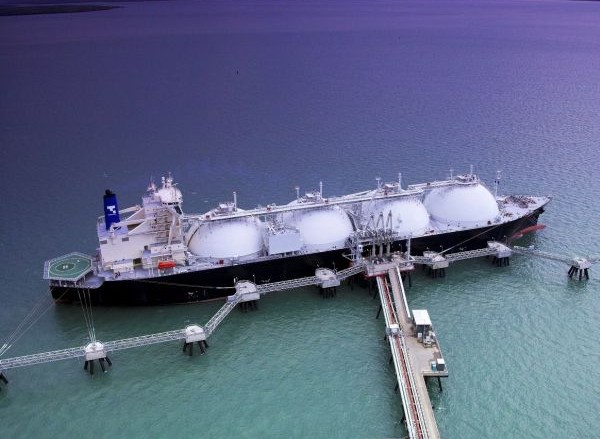08 Nov 2012

In October, I attended an International Gas Union (IGU) Executive Committee workshop on geopolitics in Ottawa, Canada.
Committee members come from all over the world, but I was struck by their high levels of awareness about the Australian LNG industry and how closely they were watching developments in Australia.
In my presentation to the Executive Committee, I discussed ‘The incoming LNG from Australia: another game-changer’.
As many people have stated, we are entering the golden age of gas. We are now also in the early years of the Asian Century.
Australia is fortunate in both of these respects.
Our country has vast gas resources. Its conventional gas resources have been developed for many decades and Australia has been an LNG exporter since the 1980s. Over that period, we have developed a good track record as a reliable LNG supplier.
Now coal seam gas resources in eastern Australia are being developed for export and domestic markets.
Shale gas is next. The early signs are good and the potential is very strong, although it is early days.
Australia is also fortunate to be on Asia’s doorstep at a crucial time in history, and is capitalising on urbanisation and industrialisation in the world’s largest continent.
Oil and gas companies have invested $185 billion in developing another seven LNG projects, and still more is under evaluation.
Our ongoing success as an industry, however, will depend on our international competitiveness.
LNG is a globally competitive game and we cannot take Australia’s place in it for granted.
Gas producers face fierce global competition from other suppliers, and Australia has particular challenges that it must overcome.
Established competitors in the Pacific and Indian Ocean regions include Qatar, Malaysia, Indonesia, the United Arab Emirates, Yemen and Russia.
Soon Papua New Guinea will join their ranks. Other possible competitors have emerged, including the US, Canada and East African counties such as Mozambique and Tanzania.
The target market for many of these new competitors is in our region.
It is clear that the LNG market is evolving and diversifying – and Australia is facing growing competitive pressures.
The good news is that by all predictions, overall LNG demand is expected to continue to be strong.
Asian demand is expected to double in the next 12 years. Existing markets (Japan, South Korea and Taiwan) will remain strong, while China and India will drive further growth. Other countries, such as Singapore, the Philippines, Thailand and Vietnam are expected to become important markets, and even the traditional gas exporting nations of Malaysia and Indonesia could become importers as their fields deplete and their populations continue to grow.
So there will be plenty of demand and plenty of competition. How will Australia fare in this environment?
We have some strong advantages – good resources; a good track record of supply; proximity to Asia low political risk; and projects coming onstream at the right time as Asian demand ramps up. Added to that is a history of working successfully with equity partners who are also major customers.
But we also face significant challenges in cost competitiveness and regulatory regimes.
The strong Australian dollar means project budgets measured in US dollars are inevitably becoming more expensive.
And as the industry expands, operators move into deeper waters or onshore regions with higher development costs.
Competition for scarce skilled workers in relatively small labour market has also pushed up costs. Combined with largely concurrent project scheduling, this is making it difficult to maintain the pace of development. Continued access to overseas labour markets is vital to maintain sufficient flexibility and highly skilled people resources.
The industry has also faced other political issues. Its “social licence to operate” has been under challenge in Australia, just as it has been in all other western democracies. Misinformation, a rapid media cycle and a preoccupation with some long past isolated practices over current good operating practice have, in some cases, triggered political reactions that have led to a higher environmental management and regulatory burden.
Stability of taxation policy and the general regulatory environment has been an issue throughout the last year, as have calls for domestic gas reservations to be imposed on gas export projects.
All of these factors combine to make it difficult for current projects to contain costs and that much harder for new projects to achieve the returns needed to justify commitment of capital.
Yet our strengths and the opportunities – the enormous opportunities – remain.
Fundamentally, Australia remains well positioned to prosper in this new era of Asian growth.
This will take a real effort on the part of industry to make more Australian citizens and policymakers aware of the scope and the benefits of our industry. It will require government to recognise the risks inherent in failing to address the challenges we face.
But if the industry and government can work together to address cost pressures and not just stabilise but improve this country’s taxation, approval and compliance regimes, Australia can seize these huge opportunities and develop an industry that will help underpin national prosperity for generations to come.
David Byers is APPEA’s Chief Executive

